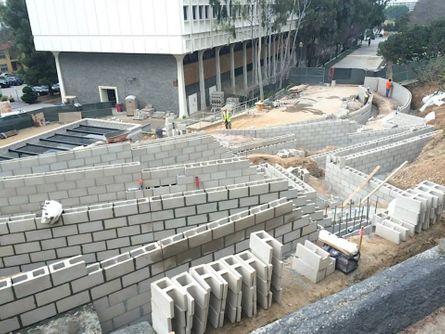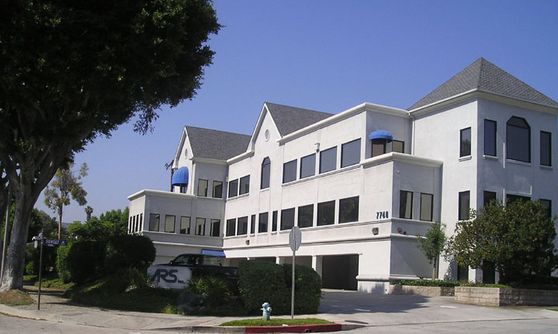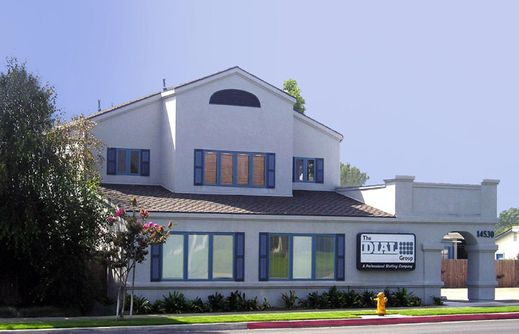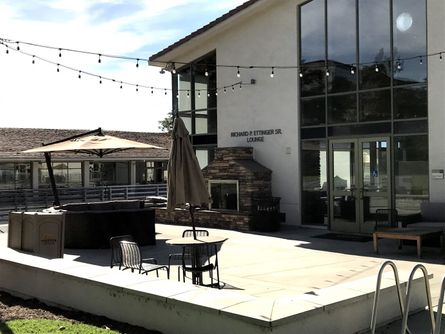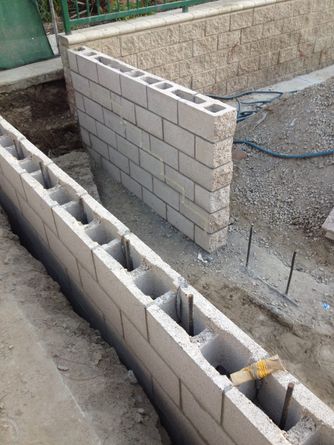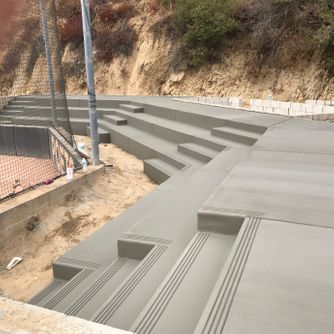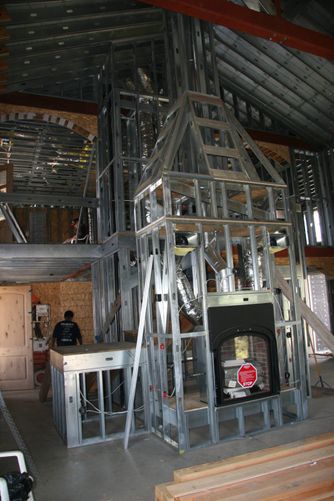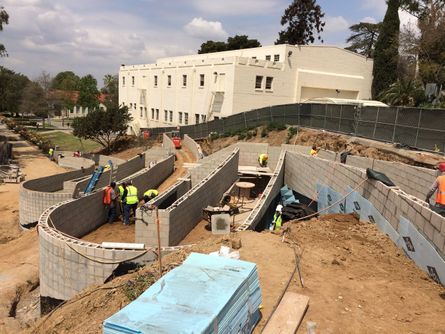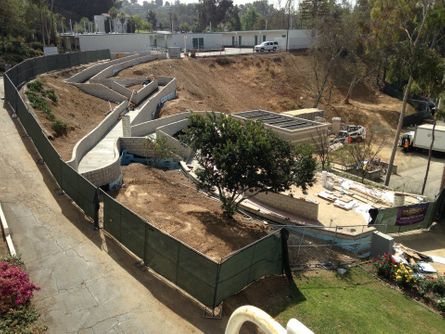The Turn Key Process

Here at Carty General Contracting we know that when you’re looking for someone to handle construction work at your home or business you need to have somebody who is trustworthy, experienced, and will keep you posted each step of the way.
This is exactly what we do here at Carty General Contracting and the way we are able to do all of this is through a process we’ve design called The Turn Key Construction Process. This process is designed with five simple, and easy to follow phases to ensure that you as the customer know what to expect through every step of the construction process with our organization.
Step One: The Consult
The Consult, or consultation phase of our Turn Key process is designed wholly with the customer in mind. During this phase, we like to sit with our customers and develop an understanding of the goals they wish to accomplish. We want to encourage you to ask as many questions as you want while we guide you through our process to show you exactly how we are going to make your dreams a reality.
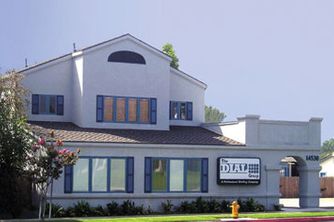
The Design Phase is also the step in our process where we begin to narrow down on exactly how much you want to spend when completing your project. Now when people start hearing about spending money on something as large as an addition to your home or office, we understand there may be concern about whether or not we will try to sell you things you don’t need, but that is not the case when dealing with us. We want to assure you that we will, if at all possible, ensure you get everything you want within the budget you have allocated. This brings the conversation to the third portion if our Turn Key Process, the pre-construction phase.
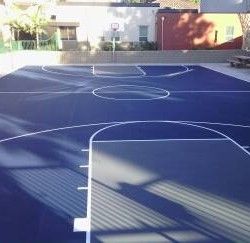
Step Three: The Pre-Construction Phase
The Pre-Construction phase may be the most anxiety inducing phase of our process and one we have found most of our customers are unfamiliar with. During this phase of the Turn Key Process we want to prepare you for what is coming and why this phase can take anywhere from two to six months.
The Pre-Construction Phase is the step in the construction process where the work that is happening is deeply hidden behind the scenes and outside of the control of yourself and our offices. This is the phase in which we have to begin working with the various government agencies whom are required to ensure that the plans we have drafted and selected are in compliance with mandated safety requirements and will meet the various other codes that have to be met before construction can even begin.
Some of the departments or entities you will hear us discuss with you during this phase of our process, for example, may be the city building and safety departments or the county fire inspectors. Each of these entities has a very distinct and important role to play during this phase of the construction process and unfortunately, this is one of the only phases that is semi-out of our hands as we all know that government entities are very busy and have many similar projects as ours going on simultaneously meaning that all we can do during this phase of the process is be patient as they sort through our plans. An additional side note to this portion of the Pre-Construction Phase and something that may not be known regarding the plan approval process is that just because plans are submitted, it doesn’t mean that they will simply be approved. Sometimes corrections to certain parts of the plans are necessary, but should that happen while we are on our journey together, don’t worry. We will work with both the entity in question as well as yourself to ensure that any corrections required of our design are made promptly and then re-submitted for approval.
The final aspect of our Pre-Construction Phase will encompass and begin the discussion of scheduling the various tasks regarding the completion of your project. We do this at this point for a couple of reasons. The first of these is because we want to ensure that you know what to expect every step of the way. In other words, we want you to see the exact steps we are going to take to complete your project to ensure you understand exactly how we are going to get from “point a” to “point b.” The second reason we like to sit down and begin looking at the schedule while we are waiting for the plans to be approved is because we know that regardless of the corrections we would have to make, the same specialists needed to complete your project will be required and by scheduling these particular workers while we are waiting for plan approval, we ensure that we are able to hit the ground running as soon as we are given the go-ahead from the government entities involved in the plan approval process.
Step Four: The Construction Phase
This is the most exciting phase of our process, at least in our opinion. This is the phase in which we start seeing what you’ve imagined come to life. As each day passes we will be getting just a little bit closer to the realization of your vision, but be aware that we may experience some setbacks during this phase of the construction due to unforeseen circumstances such as inclement weather. Short of that though, the goal is to be working continuously with our skilled tradesman and sub-contractors to ensure we can complete your project within the previously agreed upon time frame.
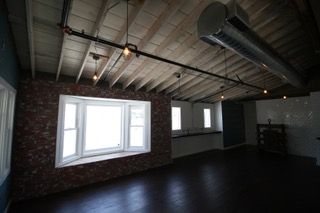
Step Five: The Closeout
We like to think this final phase of our Turn Key Process is the most exciting for our customers, but hey, what do we know (outside of construction that is). During this phase, we will be taking you on a walk through of your completed project. We will go through what was completed in the process of construction and want to ensure you are satisfied with the end result of what you envisioned. If there are some areas that need to be touched up, don’t worry. We’ll take care of those for you. Also, should you decide you want it, we will offer each customer what we are dubbing a “Closeout Report.”
This particular report can be quite useful for either a homeowner or business as it details everything from who installed your sink fixtures to the color of the paint we used on the exterior of your property making it a quick reference point should any needs associated with an aspect of our work arise in the future. For example, let’s say that in four years you decide that your home needs a new coat of paint, but you really liked the color we used and want it painted in the same color. What do you do? Well, with the closeout report you are able to flip to the page detailing the paint used on your home and find the exact code for the exact color we used ensuring that you don’t end up with a multi-colored home once the painting is completed. Now this is just one example of how this report may be beneficial to you as the customer, but I am sure you can think of others.
